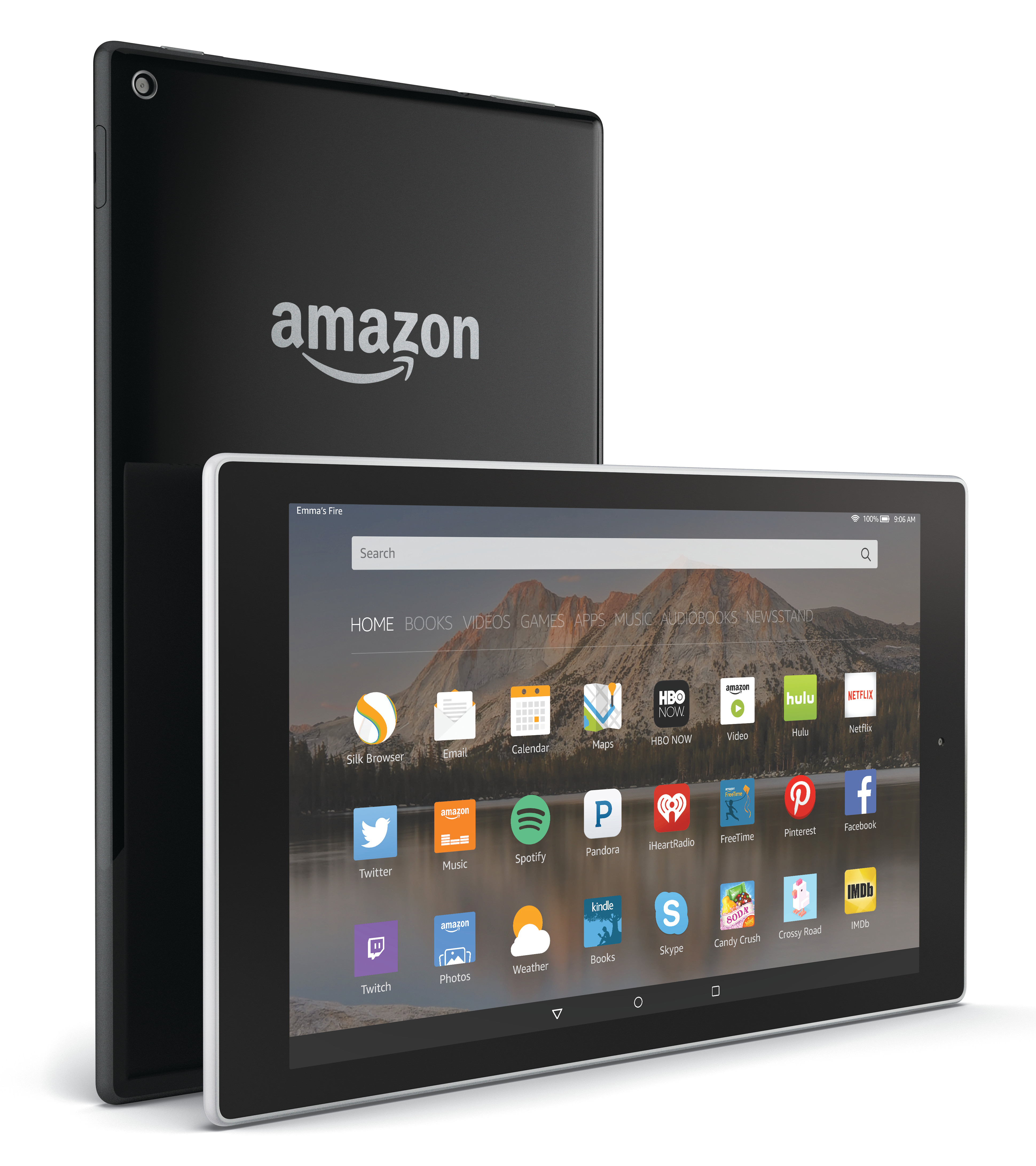Apple grew its lead of the tablet market in the third quarter of this year and is now also the leading vendor of tablets with detachable keyboards, making it a bigger-than-ever competitor to the traditional market for PCs and laptops, according to new research from IDC.
The iPhone maker expanded its iPad sales by 21.8 percent year-on-year to take 31.4 percent of the market in the third quarter of 2019, up from 26.3 percent for the same quarter last year.
IDC said the new iPad launched late in the quarter helped boost Apple’s sales.
Researchers noted that the new device includes Apple’s Smart Connector, meaning that all iPads except the Mini can now function as a laptop replacement with a detachable keyboard.

Laptop rival
“This, combined with the iPad OS, makes Apple the largest player in the detachable space and a greater threat to the traditional PC market,” IDC said in a research note.
Amazon took the No. 2 spot from Samsung thanks to strong sales of its latest low-cost Fire 7 device, introduced in the second quarter, and to its Prime Day sale, which helped it grow sales by 25.6 percent year-on-year to take 14.5 percent of the market.
It remains in a strong position ahead of the Christmas season with the latest Fire HD 10 high-end device, launched last week, IDC said.
The growth seen by Apple and Samsung came at the cost of other players including Samsung, which saw tablet sales decline by 13.9 percent year-on-year, and Huawei, whose sales fell by 4.4 percent.
Trade war
Samsung shipped 4.6 million devices in the quarter to take 12.3 percent of the market, while Huawei shipped 3.5 million for 9.5 percent.
Samsung’s Tab A remains “incredibly popular” and accounts for more than half of the company’s tablet sales, while Huawei’s decline is in part due to US pressure amidst broader trade tensions, IDC said.
Lenovo came in at No. 5 with 6.7 percent of the market fuelled largely by strong sales in Asia/Pacific and Europe, the Middle East and Africa.
Overall the market grew by 1.9 percent year-on-year, researchers said.




